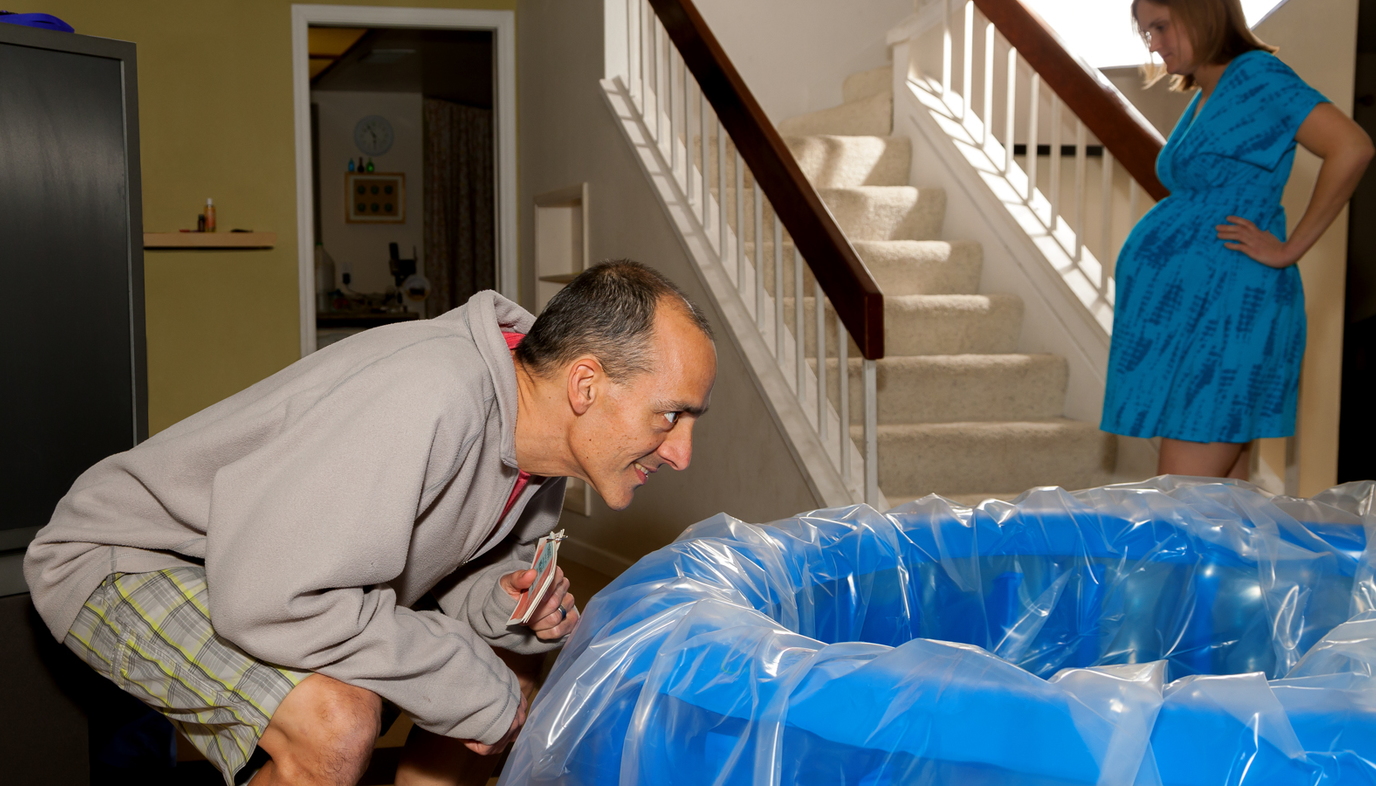
By Nancy Da Silva
Women used to have babies at home. As recent as only a few decades ago, it was not uncommon to hear a grandmother who’d lived in the same house for sixty years claim that all of her children had been born in the upstairs bedroom. Then, with the innovations and improvements in science and the medical community, came the idea that it was far more safe and sanitary for both mother and baby for delivery to occur in a hospital. It was considered a nightmare situation if you couldn’t make it to the pristine environment of the hospital to give birth.
Understanding Home Birth Well
In some cases, like with high-risk pregnancies, certainly, a hospital birth is the best option but for moms who’ve had a complication-free pregnancy, the tide seems to be turning back to the old practice of home births.
While the majority of moms in the west aren’t quite as primitive as our ancestors who, if historical accounts are to be believed, gave birth and then went back to working in the fields the same day, there does seem to be this desire to get back to the practice of birthing babies as a natural, not to mention cheaper, process.
Ideally, you and your doctor could work together in preparation for the home birth process but be prepared however that when you make the decision to give birth at home you may encounter opposition instead of support from your doctor.

Rachel, a 26-year-old stay-at-home mom from California had a tough time even finding a doctor who would support her decision. “My mother had natural births, and I wanted a natural birth too but couldn't find a doctor that agreed with the kind of birth I wanted. My Bradley instructor (an affiliated instructor for the Bradley Method Of Natural Childbirth) told me that homebirths usually run the way I wanted my birth to go. I was nervous about the mess it would leave at home but she asked me to go to a seminar on home births and I was hooked.”
The prejudice from hospital doctors against home births may be based in part on the rare cases of complications arising in home births which are certainly valid. Chances are, though, that their objections are far more likely based in the financial end of things.
Pauline, a 25-year-old stay-at-home mom from Chicago felt bullied by her doctor to have another c-section birth after two c-sections but she wanted to try for a vaginal birth with her next pregnancy. So she decided to take matters into her own hands and have her baby at home. “Originally, I was backed into a corner. Now it's personal preference. I've had 2 c-sections and none of the doctors near me would allow me a trial of labor. Once I did find one that would, they were an hour away. They wanted me to go into spontaneous labor by 40 weeks or they would use pitocin. I have never gone into labor by 40 weeks. A normal pregnancy for me lasts 41.5. Pitocin is not something I'd ever consent to for a VBAC. So I found a midwife and had a homebirth.”
Once they make the decision to give birth at home as opposed to in a hospital, and find a midwife they feel comfortable with, some moms prepare themselves by taking yoga classes and home birth seminars in preparation for the event along with their Lamaze classes. If they feel confident enough, some moms even choose to have an unassisted birth meaning with no midwife present, just her and her partner. As the date gets closer, they prepare their environment for the big day.
Helpful Items for Home Birthing:
- wide plastic sheets or any waterproof fabrics to cover your birth area.
- big sanitary pads.
- blue waterproof pads which you can find in the pharmacy section for the people with incontinence problems.
- warm towels and receiving blankets to cover your baby after birth.
- homebirth kit. Your midwife will bring this with her but in the case of an unassisted birth you’ll need to get these yourself: shoelaces to tie the cord, disposable gloves for your birth attendant or husband, scissors, nose bulb for suctioning mucus from the baby's nose if necessary, alcohol wipes, or alcohol and cotton balls.
- a bowl for placing the placenta.
- your favorite gown for birth and after birth, towels, and underwear.
- birth plan and a hospital bag just in case you need to transfer to a hospital.

Amanda, a 28-year-old stay-at-home mom from Concho, Arizona describes her experience. “I did a lot of research, and I am still researching. I studied not only home birth, but unassisted birth. What to do in the event of an emergency. How to labor in a relaxing environment. Herbal remedies. How to face my fears and overcome them. Most of all, I learned the power of prayer while laboring. I feel you can never know enough.
"I did a lot of cleaning. LOL! I labored in the living room for my first home birth. We used Chux pads under my hammock (I hung on it to labor in a squatting position). I laid on my futon to birth (I can't seem to push really well unless I'm laying down) and was on Chux pads and towels.”
The key to successful home birth is preparation and that includes preparing for the worst because even in the most healthy, positive circumstances things can go wrong. Don’t look at a hospital birth as something to be avoided and as a last resort but as simply another option available to you if you find you need it. The choice is yours and if you remember that, then you can relax and help your baby be born into a calm environment that you created for them yourself.
